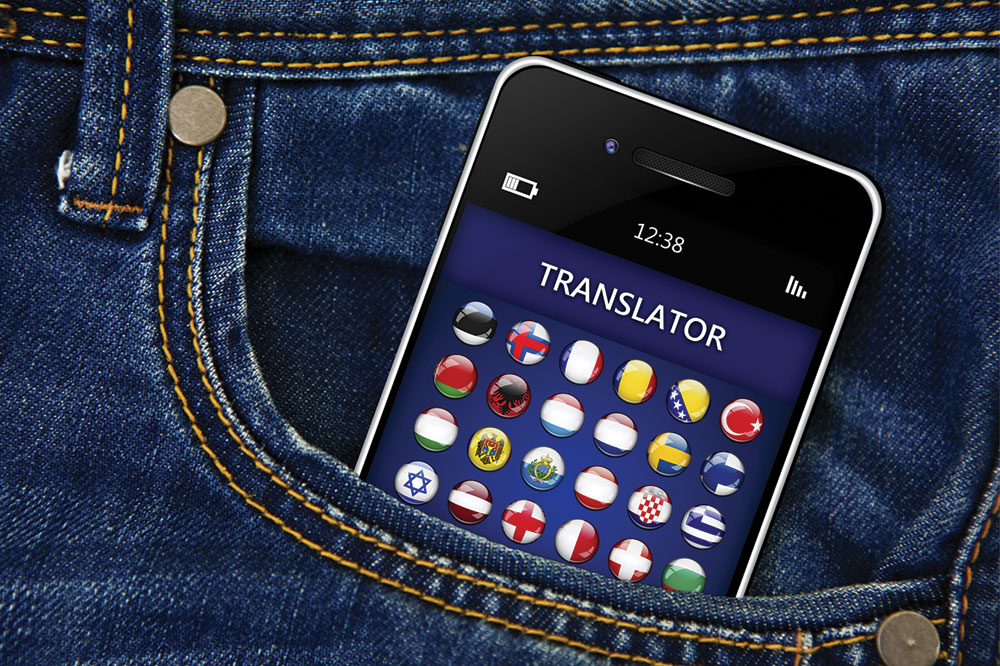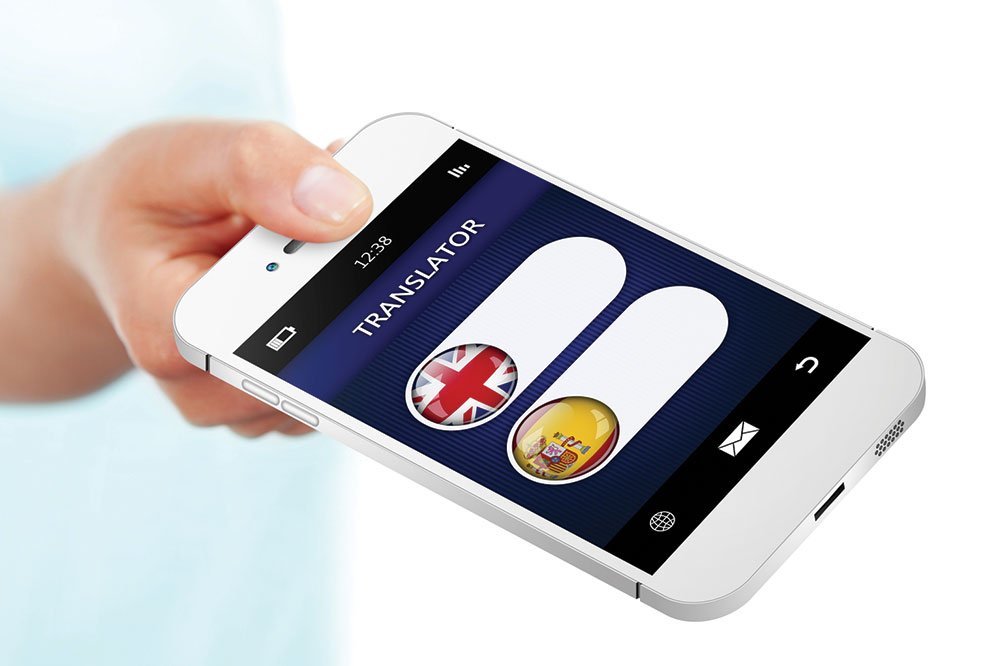How to Choose the Best Language Translator Device: Key Advantages and Expert Tips
Discover how to select the perfect language translator device with detailed advantages and practical tips. Learn about translation accuracy, AI support, device types, battery life, and more to ensure seamless communication during your travels or in multilingual environments. This guide helps you choose a reliable, easy-to-use translator that enhances your global interactions efficiently.

How to Choose the Best Language Translator Device: Key Advantages and Expert Tips
In an era of global connectivity and travel, having a reliable language translator device can dramatically enhance your experiences abroad. Whether you're exploring new cities, conducting international business, or simply trying to communicate with locals, a top-quality translation device bridges the language gap efficiently. This device not only simplifies communication but also enriches your understanding of diverse cultures. Considering the multitude of options available on the market today, choosing the right language translator can seem daunting. This comprehensive guide will provide you with detailed insights into the advantages of these devices and practical tips on selecting the ideal model to suit your needs, ensuring you get the most value and functionality from your investment.
Advantages of Using a Language Translator Device
Using a language translator device offers numerous benefits, especially for travelers and professionals operating in multilingual environments. Here, we delve into the core advantages that make these gadgets essential tools for seamless communication.
Real-time translation capabilities are among the most significant advantages. When abroad, language barriers can hinder interactions, cause misunderstandings, or even lead to missed opportunities. A high-quality translation device allows you to communicate effortlessly by providing instant translations. Simply speak into the device or smartphone app, and within moments, your message is relayed in the target language, facilitating ongoing conversations without awkward pauses or misinterpretations.
Another benefit is the enhanced convenience and portability. Modern translation gadgets are compact, lightweight, and easy to carry around, making them perfect companions for travel, business trips, or expatriate life. Some devices come with durable designs and long battery lives, ensuring they can withstand rigorous daily use without interruption. Moreover, many translation gadgets now feature voice recognition and dual microphones, enabling clear communication even in noisy environments or during conversations involving multiple speakers.
Advanced translation tools leverage artificial intelligence (AI) algorithms that improve their accuracy over time. They are capable of recognizing dialects, idiomatic expressions, and contextual nuances, resulting in more natural and precise translations. This reduces the risk of embarrassing language mistakes and enhances understanding, whether you're speaking to a local vendor, booking a hotel, or attending business negotiations.
Furthermore, many devices support multiple languages, sometimes even offering offline capabilities. This means you can travel to remote areas without reliable internet access and still enjoy accurate translations. This feature is particularly crucial for emergency scenarios, business trips, or exploring lesser-known regions where connectivity might be limited.
Finally, using a translation device can be a valuable educational tool. For language learners, it provides immediate feedback and a practical way to practice pronunciation, vocabulary, and conversational skills. Over time, this can complement traditional language learning methods and accelerate proficiency in a new language.
Criteria for Selecting the Perfect Language Translator DeviceChoosing the right translator device involves considering several vital factors to ensure it meets your specific needs. Below are the most important criteria to keep in mind:
Translation Accuracy - The most critical feature of any translation device is its ability to produce accurate results. Evaluate devices that support multiple languages and dialects, and read reviews or user feedback regarding their translation quality. High-accuracy translation minimizes misunderstandings and improves overall communication effectiveness.
Artificial Intelligence (AI) Support - Devices equipped with AI technology can recognize speech patterns, adapt to different accents, and differentiate between homophones, leading to more reliable translations. AI integration often results in faster processing and better contextual understanding.
Device Type and Compatibility - Decide whether you prefer a standalone device or an app-based solution. Standalone gadgets are dedicated, often more durable, and do not depend on a smartphone, whereas apps are flexible and can be used on devices you already own. Compatibility with your smartphone's operating system (iOS or Android) is also essential for seamless operation.
Battery Life - Long-lasting battery life ensures your device remains operational during extended trips or busy days. Look for devices with at least 2500mAh capacity or equivalent for all-day use without frequent recharging.
User-Friendliness - The interface should be intuitive and easy to navigate, even for those who are not tech-savvy. Devices with local language menus, simple controls, and clear instructions enhance usability.
Voice Command and Hands-Free Operation - Voice-activated features improve convenience, especially when your hands are occupied or you're in fast-paced environments. Commands such as “Translate to French” or “Speak in German” facilitate quick, hands-free translation.
Offline Functionality - Offline translation capability is vital for travel to areas with limited or no internet connectivity. Ensure your device supports offline language packs for uninterrupted use.
Additional Features - Consider other useful features such as multilingual dictionaries, phrasebooks, pronunciation guides, and multilingual support for more comprehensive language assistance.
In summary, investing time to research and compare different models based on these factors will help you select a translation device that fits your lifestyle, ensures accurate communication, and enhances your cultural experiences. Whether you need a device for casual travel, business, or language learning, understanding these key aspects will equip you with the confidence to choose the best tool for your specific requirements.
By carefully analyzing your needs and preferences, and considering the technological features of various devices, you can make an informed decision that will serve as a reliable linguistic bridge wherever your travels or international endeavors take you.




